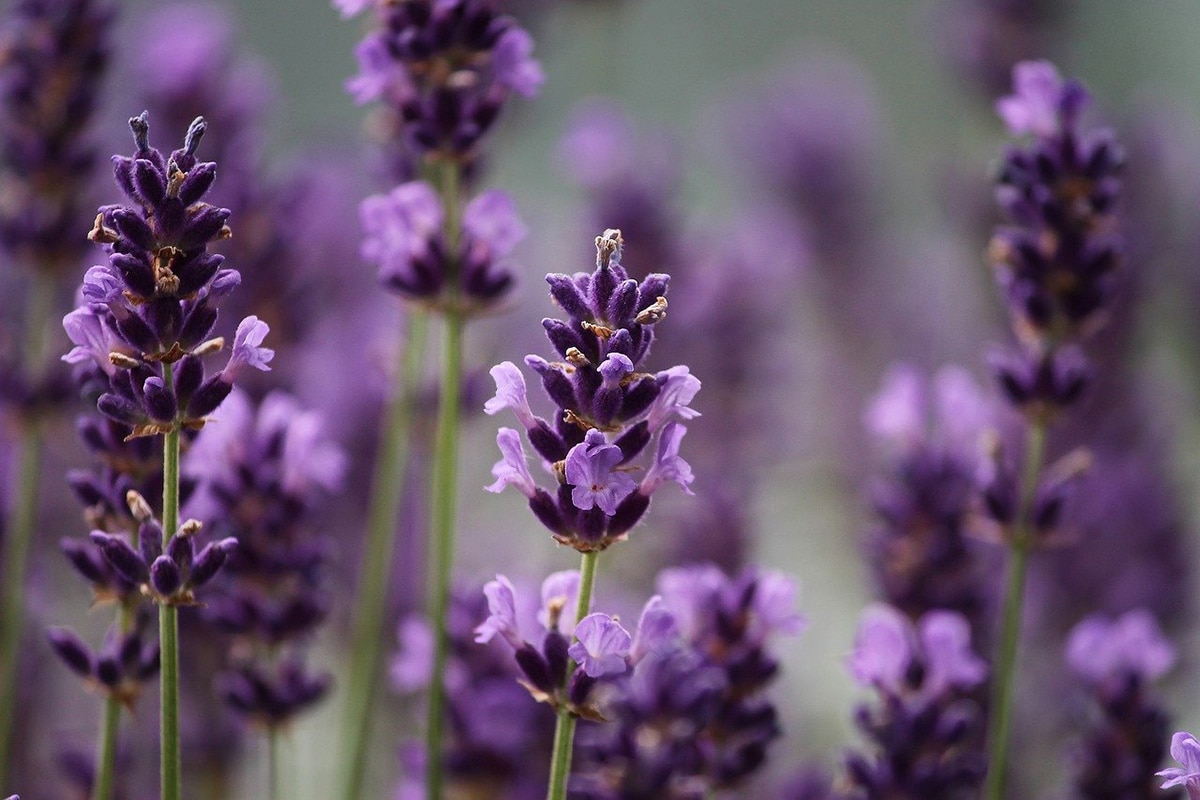
Apart from its exceptional beauty, lavender possesses many useful qualities, thus becoming a very popular plant to have at home. Not only is its color very intense, but also its strong fragrance. Because it is easy to grow, this beautiful vegetable is found in many gardens and homes. If you don't have a garden, nothing happens. Potted lavender is easy to care for and does not cause many problems.
If you are interested in knowing how to grow lavender in a pot to take advantage of its many qualities, I recommend that you continue reading. We will talk about the characteristics of this amazing plant, how to plant it and the care it requires.
Lavender characteristics
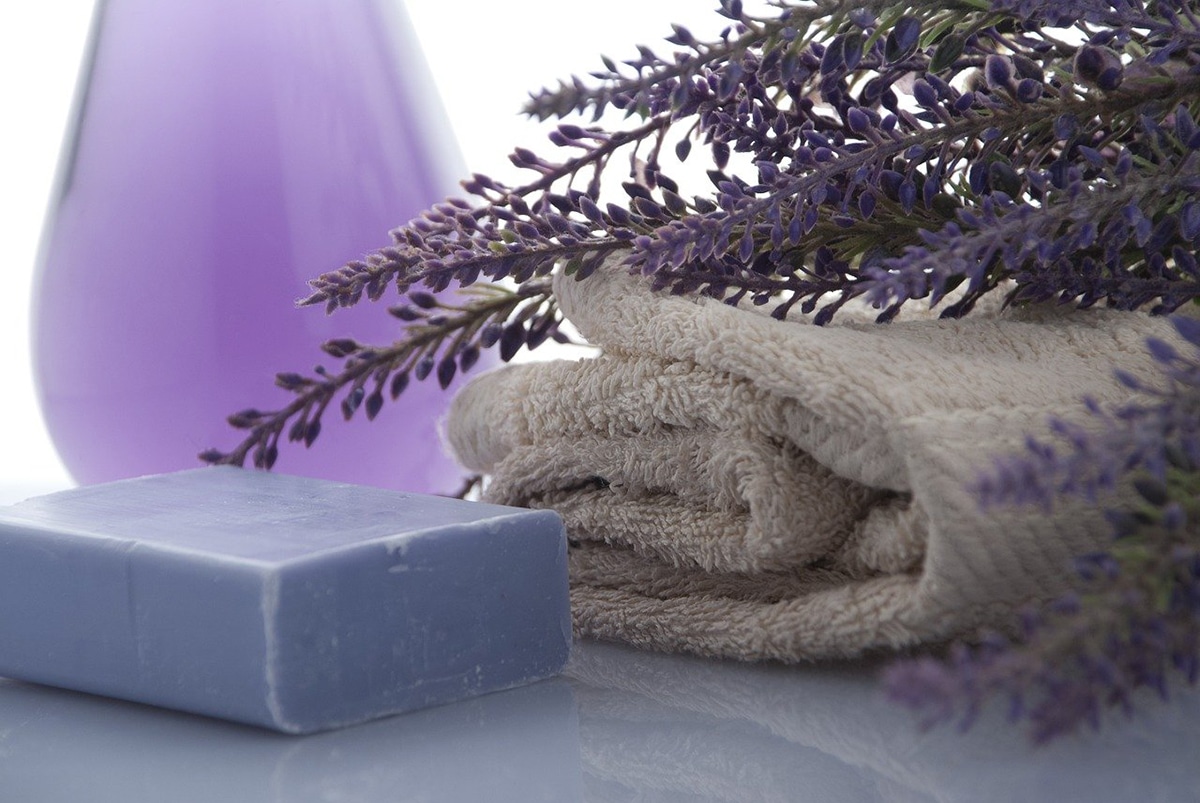
When we talk about lavender, we refer to a shrub belonging to the Lamiaceae group, which in turn is part of the mint family. Normally, this plant reaches half a meter in height. However, some species of lavender can be taller. The most distinctive feature of this plant is its characteristic purple flowers or blue from time to time, which usually grow vertically. In addition, they release a strong odor with a slight touch of camphor.
As it has many benefits for our health, such as its antiseptic qualities, it is used very often for medicinal purposes. It is also often used at the culinary level and in the perfume industry. Another utility that is given is in the production of certain essential oils. In all these applications that we give to lavender, the most valuable parts are always the flowers, usually dry.
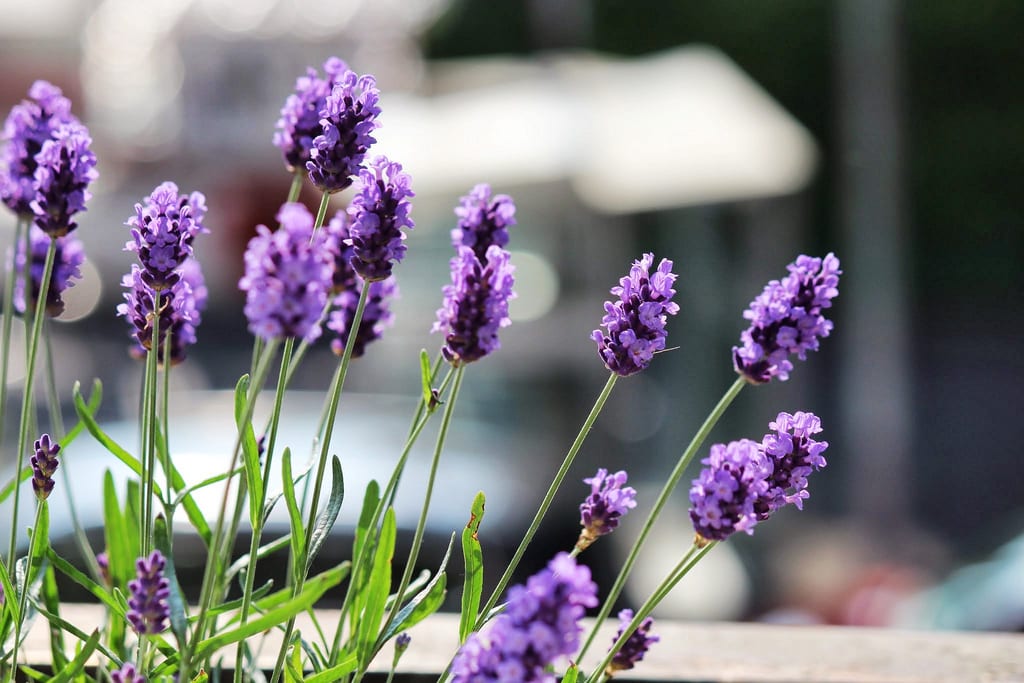
Also in the world of natural cosmetics this beautiful plant stands out. It is perfect for the care of oily and combination skin thanks to its ability to prevent sebum from being produced on the skin. In addition, it is of great help to combat pimples and acne or to discolor the skin. We can even create our own skin care products if we grow lavender in a pot or in the garden.
How to grow lavender at home?
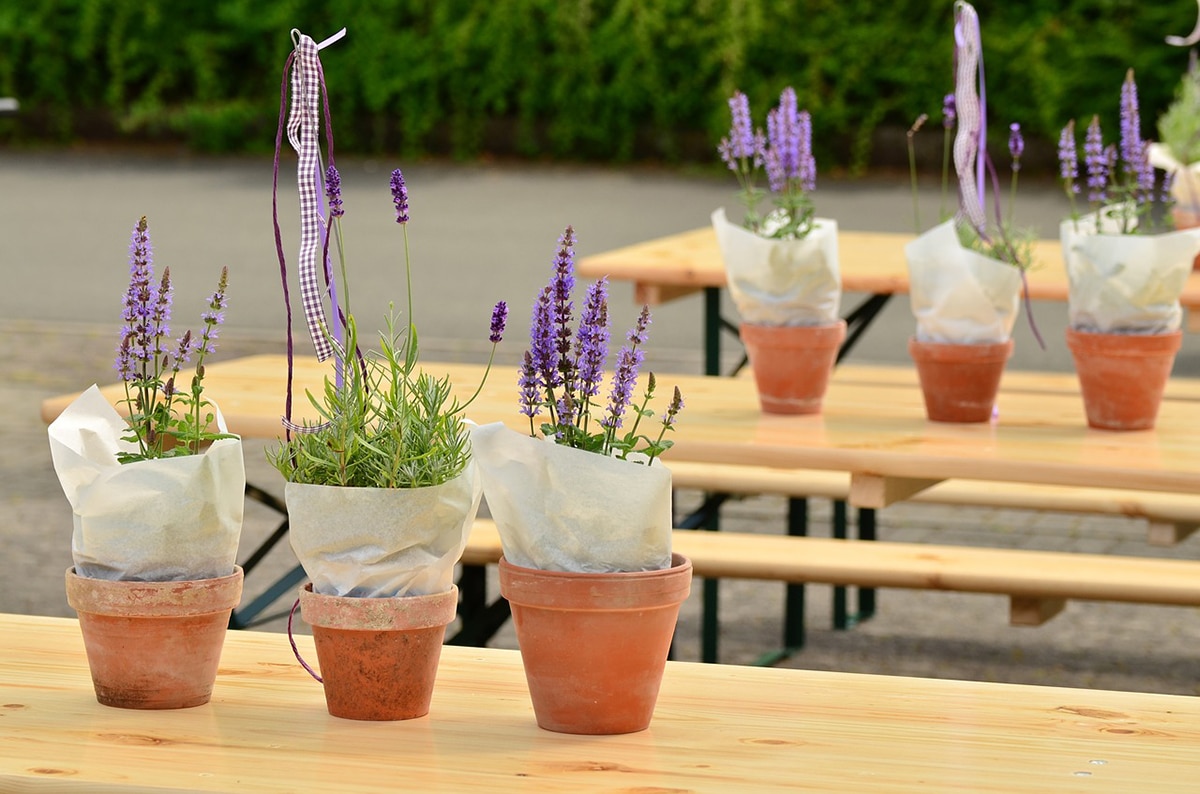
As we have already mentioned previously, if we do not have a garden we have the option of growing lavender in pots. For this we can choose between buying a plant that is already a little overgrown or sowing it ourselves. This last case requires a lot of attention on our part, since we must first subject the seeds to stratification. It is basically about cooling them. For stratification, the best time of the year is February and the duration of this process is about three weeks. But how do you do it? We are going to discuss it step by step.
- Prepare a small container and fill it with soil.
- Plant the seeds in the soil in the container.
- Placing the container in a room whose temperature is always around 0ºC. If we do not have such a room, we can leave the seeds in the fridge.
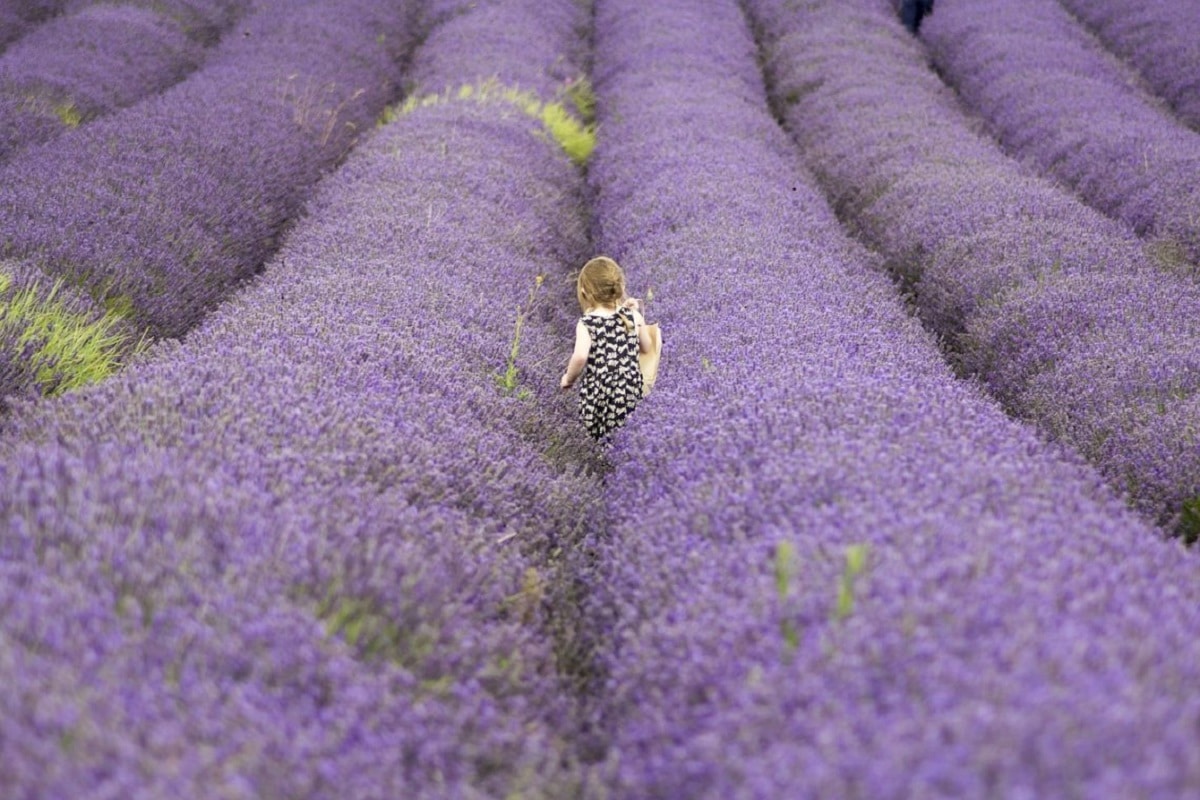
Once we have this process done, growing and maintaining potted lavender is not very difficult. They do require more attention than plants planted in the ground, since they have less space to grow. Still, it is not very difficult to take care of them. If planted properly, lavender can serve as a home decoration for many years. There are many different species of this vegetable, most of them can be planted in pots and have very similar requirements.
Where is lavender planted?
When we plant lavender in a pot, it must be in a large container. It is best to use ceramic pots, since these allow the evaporation of water in a natural way. On the other hand, when we work with plastic containers there is always the risk that the water, instead of evaporating, stays inside. We also need to make sure to put a drainage layer under the pot.

Relative to soil, lavender does not tolerate excessive moisture very well. For her, the best soil is light and dry, with a high calcium content. In addition, he prefers it neutral or alkaline. For this reason, it is advisable to use universal soil mixed with sand or buy special soil for lavender directly. Florists usually offer this product. Every time we plant a new plant, we must cover its roots with another layer of soil.
How much sun does lavender need?
The sun requirement of this plant is quite high. It grows much better in sunny places, so it is advisable to place potted lavender next to windows facing west and south. In addition, it likes the wind, so nothing happens if we place it in a place with drafts. Therefore, it is not a bad ideal to put the lavender pots on the patio or balcony in summer.
How do you care for a potted lavender plant?
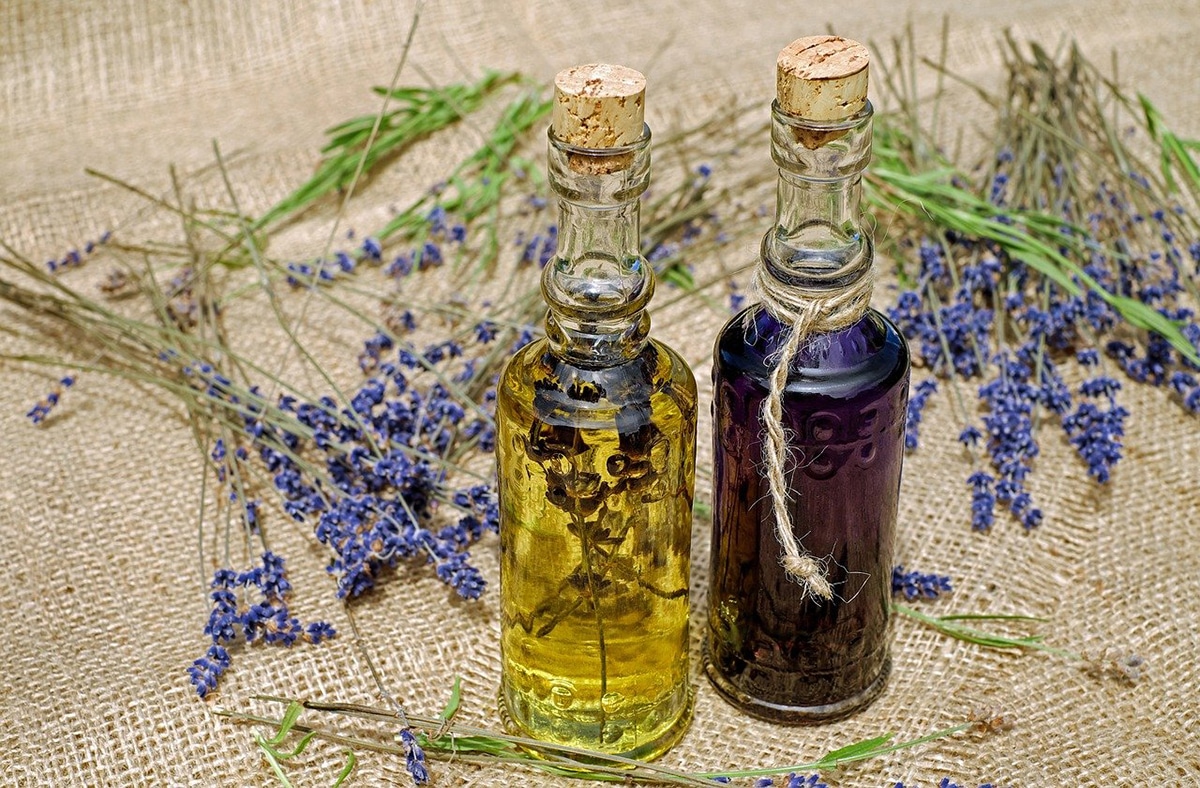
As we have already mentioned above, it is not very difficult to maintain and care for a potted lavender plant. Nevertheless, There are some aspects that we must take into account so that it grows correctly and does not die. Next we will see a list of the care that lavender in pot requires:
- Avoid the shade.
- Water it once to twice a week and avoid excess humidity.
- Let the soil dry out (not completely).
- During the months of April to July, the soil must be fertilized with a liquid fertilizer biweekly.
- Prune the plant twice a year to keep it looking good and prolong its flowering. The maximum cut is half the length of the branch, but it is more advisable to cut two thirds of its length.
- Hibernation: Place the plant in a room with the lowest temperature. We must continue to water it so that it does not die.
Lavender is a precious and useful plant, making it ideal for any home. Now that we know how to grow lavender in a pot, without having a garden, we no longer have an excuse. So get to work and enjoy your fragrance in our home.